What you might also like
0 comments on “”
-
-
If you want to honor antique and vintage quilts and the quilting tradition, make a reproduction quilt to cut up rather than destroying a quilt for a brief trend.
-
If you want to honor antique and vintage quilts and the quilting tradition, make a reproduction quilt to cut up rather than destroying a quilt.
-
Bring back the talents of Judy Murrah! Judy wrote the books “Jacket Jazz” and “Jacket Jazz Encore” back in the ’90s (there may be other books by this author; the publisher was That Patchwork Place), wherein she used patchwork techniques to create fun “quilted” jackets and vests. Her work was featured at Houston’s International Quilt Festival circa 1994. While the broad padded shoulders featured in her jackets may be less than au courant, and vests are not in vogue (or are they?!), Judy’s techniques still provide ideas for honoring antique and vintage quilts, not to mention the modern quilting movement, with no harm to purpose-made quilts.
Sewnhandmade.com, a modern quilt site, employs the idea that commenter pseitas (above) recommends: In one of her blogs, Sewnhandmade shows how she uses a quilt sandwich she’s created as fabric to create a darned cool coat
-
New quilts, created for fashion? Not a problem.
Vintage quilts? I think it depends. If the quilt is languishing in a closet or bag or drawer somewhere, and would sit there until it deteriorated, then yes, use it to make clothing and give it another life – remembering that that was the purpose of scrap quilts: to reuse fabric from garments and linens that had been too worn out in places to continue to be worn or used. It also depends on the definition of vintage; I have a double wedding ring quilt my ex-husband’s grandmother made for our wedding, and in nearly 40 years, it’s never been used, first because we were afraid the dog being on the bed would ruin the quilt, and later, because we got divorced – giving it a second life so the quilting doesn’t go to waste would be a benefit, overall. If, however, the quilt is a beloved family keepsake being sold because the money is too good not to take… not so much. -
I think it more fitting to make wall hangings with vintage quilts if they are not being cherished otherwise! That way they can be viewed and admired by many and can be more readily handed down to other generations! The history if known can easily be secured to the back of the hangings!
-
I don’t get it. If a quilt is no longer valued in its entirety or for its original purpose, but is valued in a repurposed piece, where is the problem? I have been sewing for over 65 years. I would be thrilled for something that I made so long age to be resurrected by someone who saw a new life for it. And, frankly, when I think of something I made long ago that is now faded, torn, stained and/or worn out being displayed, I feel sad. Nothing I ever made was meant to be a museum piece. It was intended for use, first and foremost.
-
This is sad. My mother and my husband’s grandmother spent hundreds of hours piecing and quilting BY HAND, perfecting their art to mastery. There were no machine quilts in my family. They quilted by necessity- for warmth, quilting when they had too many chores to count much less complete. Nevertheless color, beautiful patterns, and perfection of stitches lifted the necessary to artistry. Quilting was a source of great pride, community quilting circles and the opportunity to as was winning the Grand Prize at the county fair. The act of cutting into a vintage quilt seems very disrespectful.
Leave a Reply
You must be logged in to post a comment.




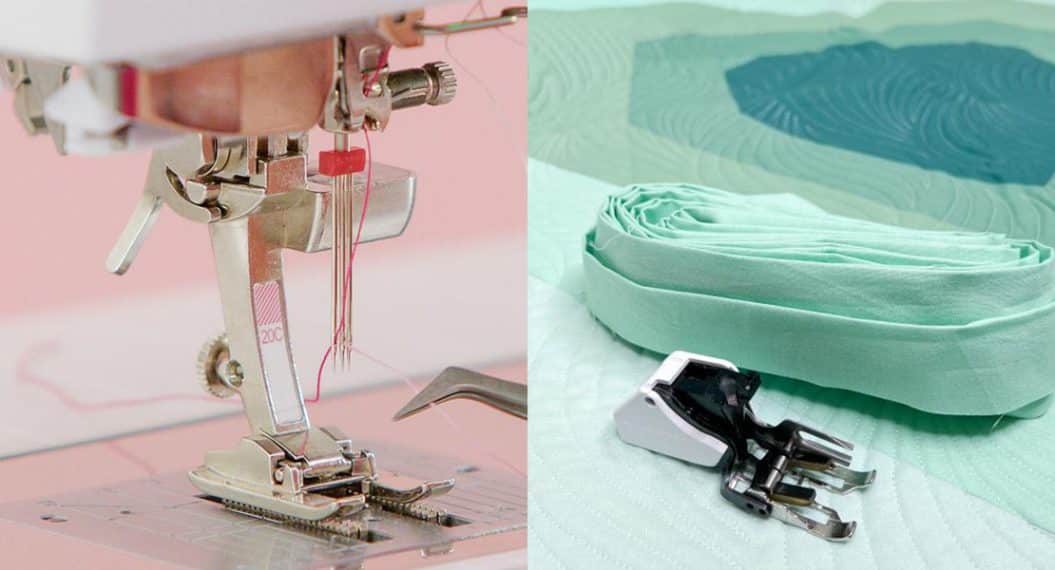
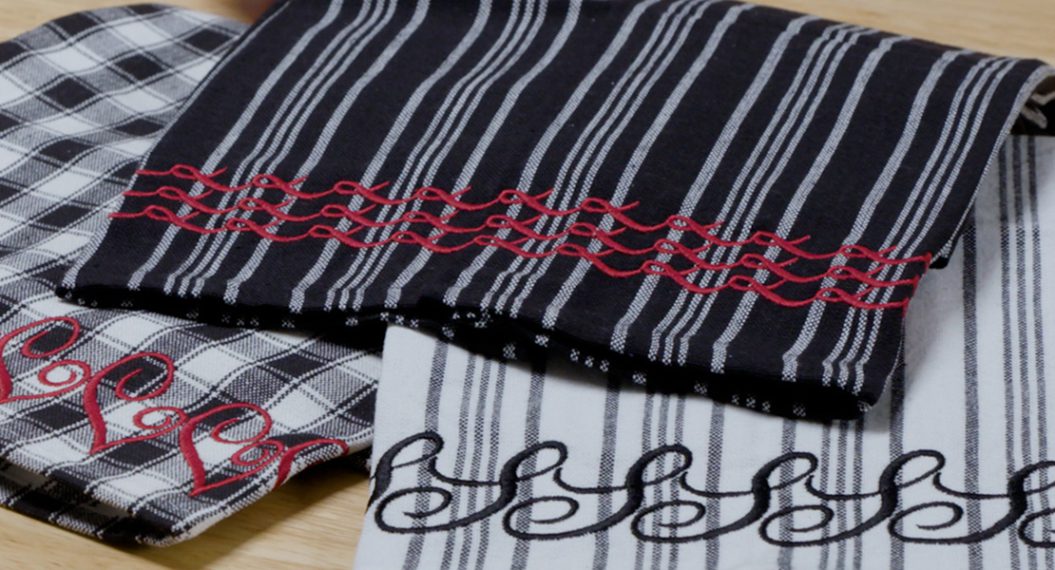
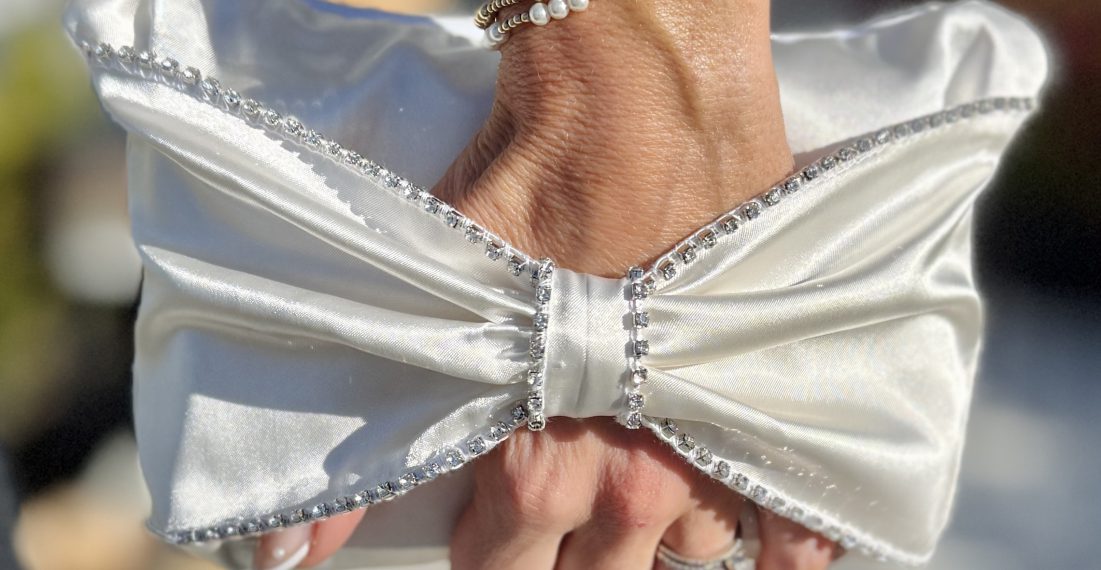
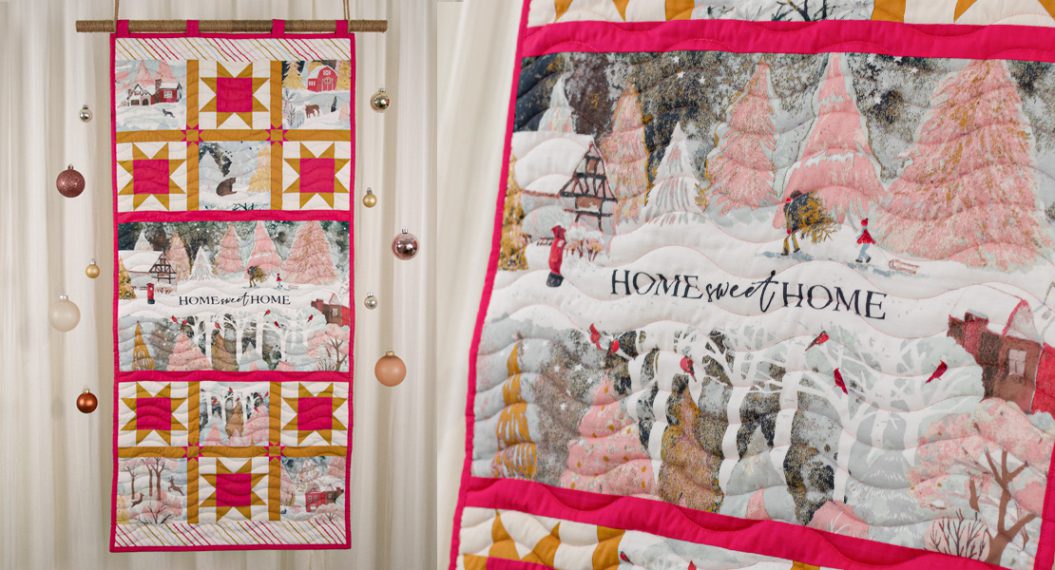
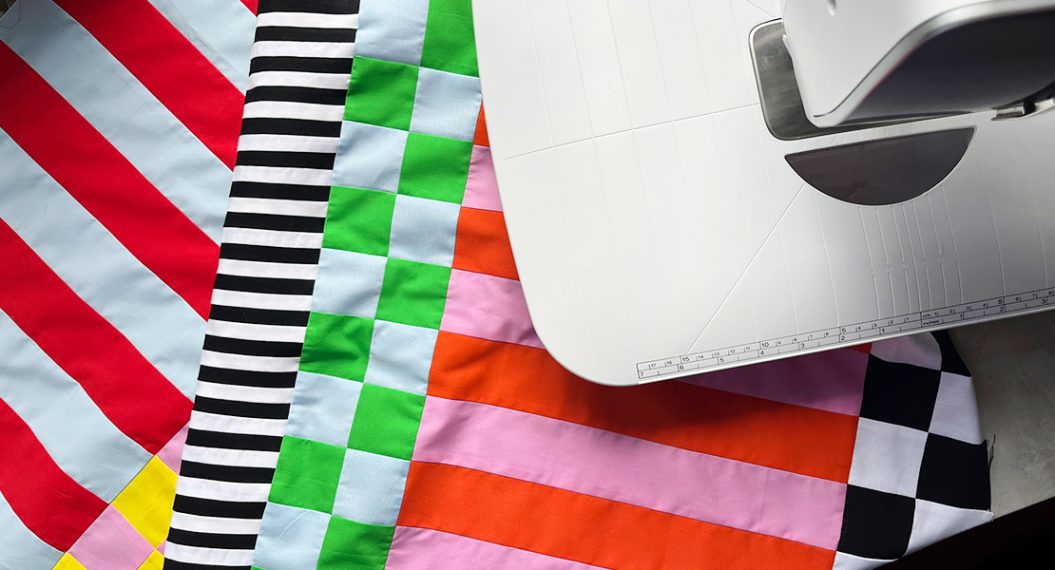
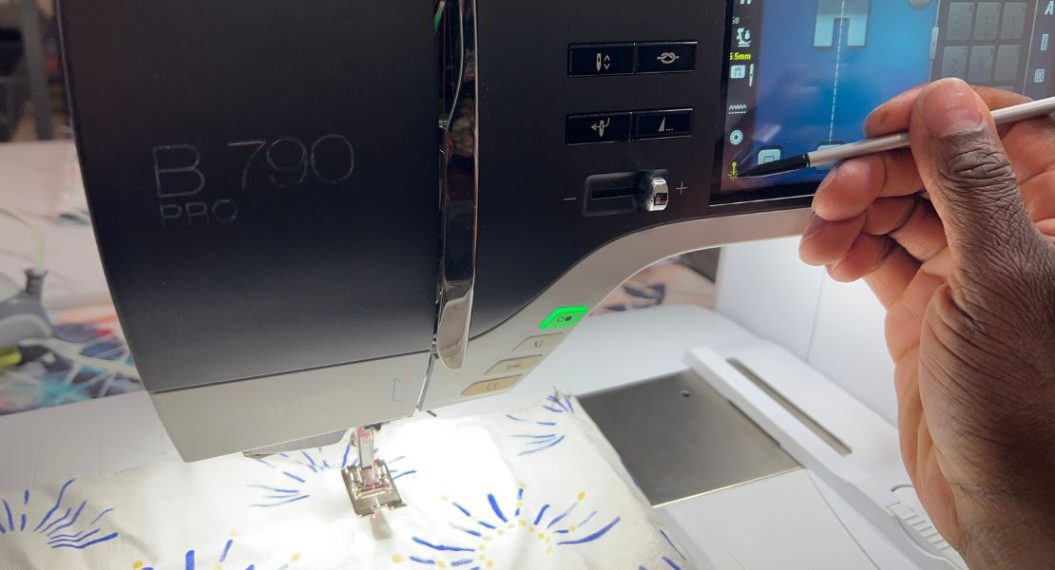
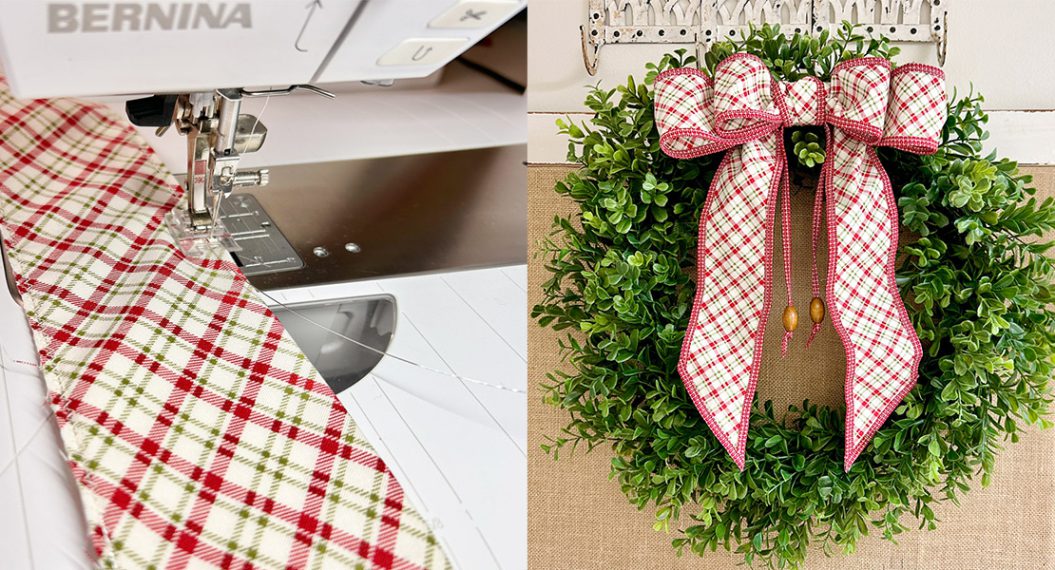
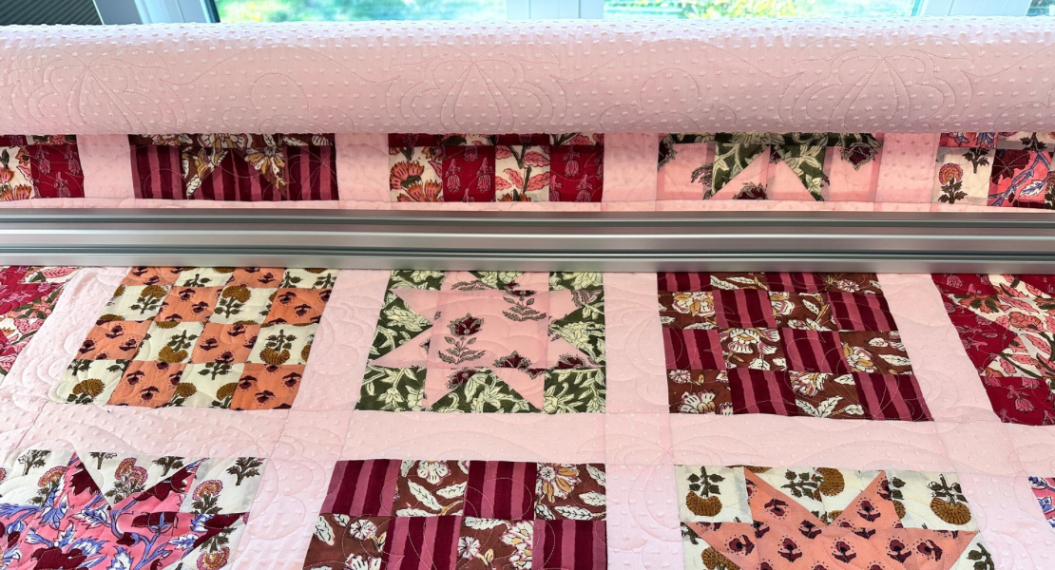
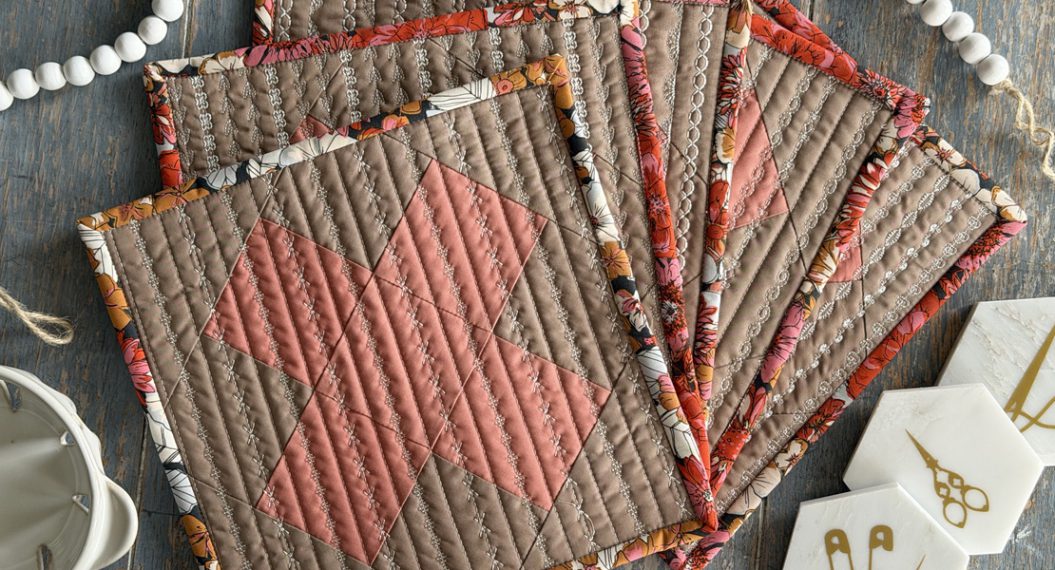
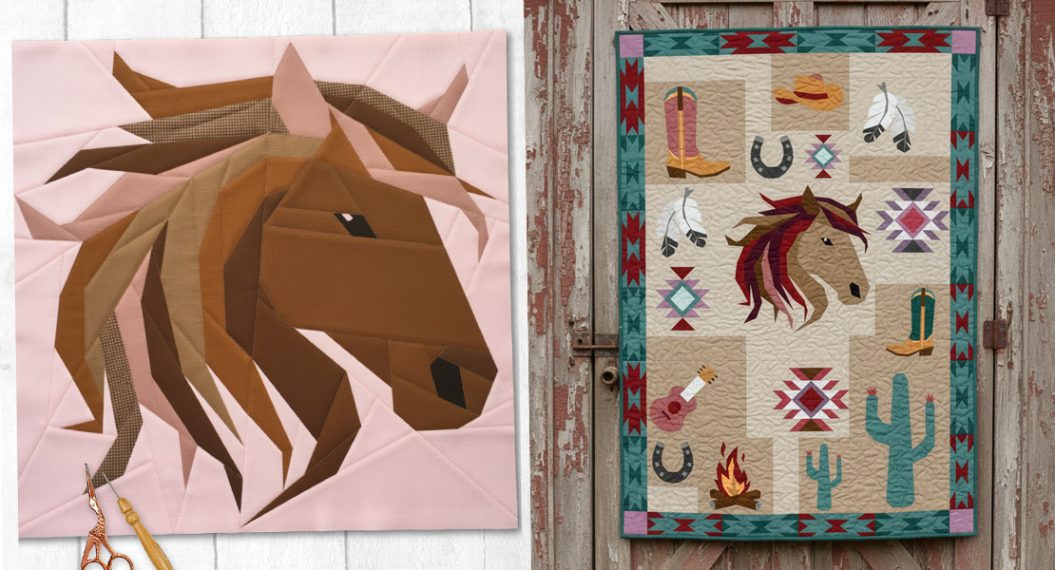
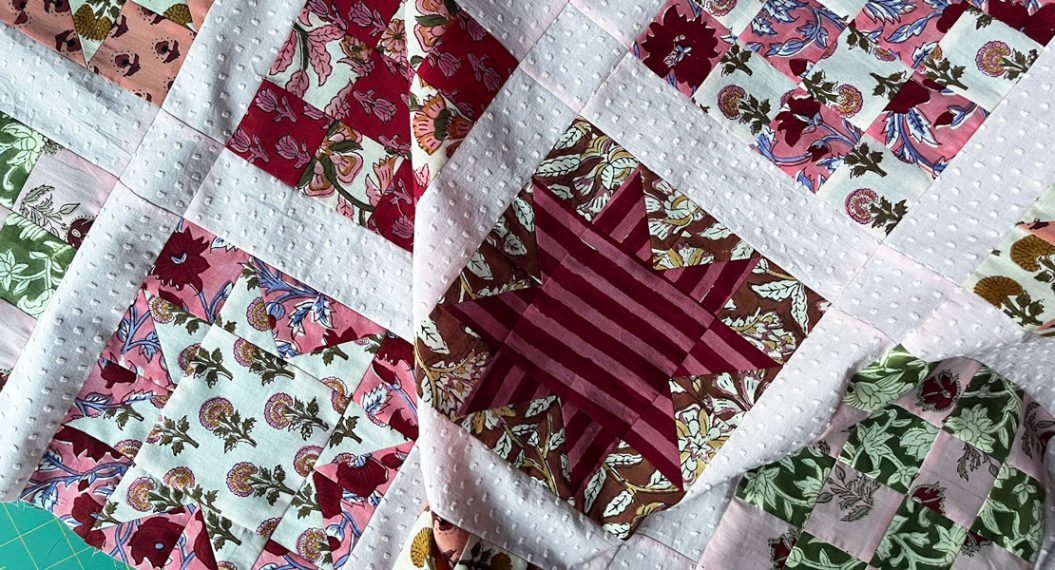
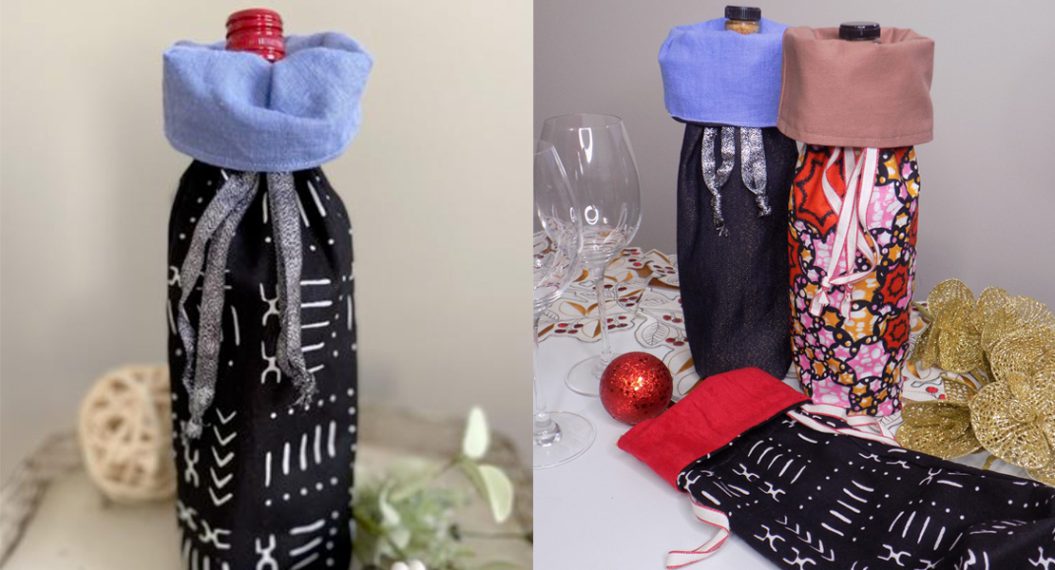
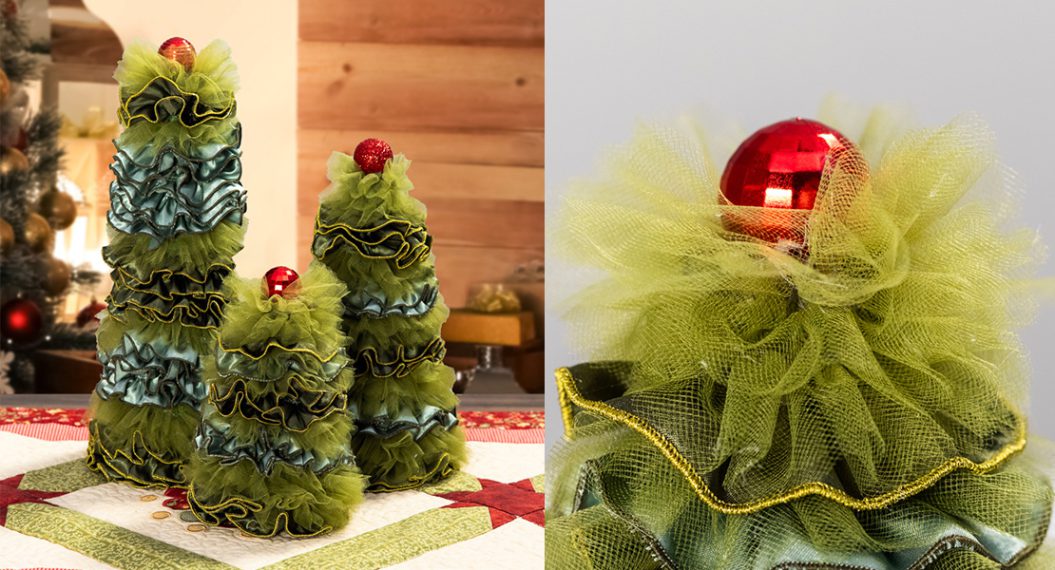
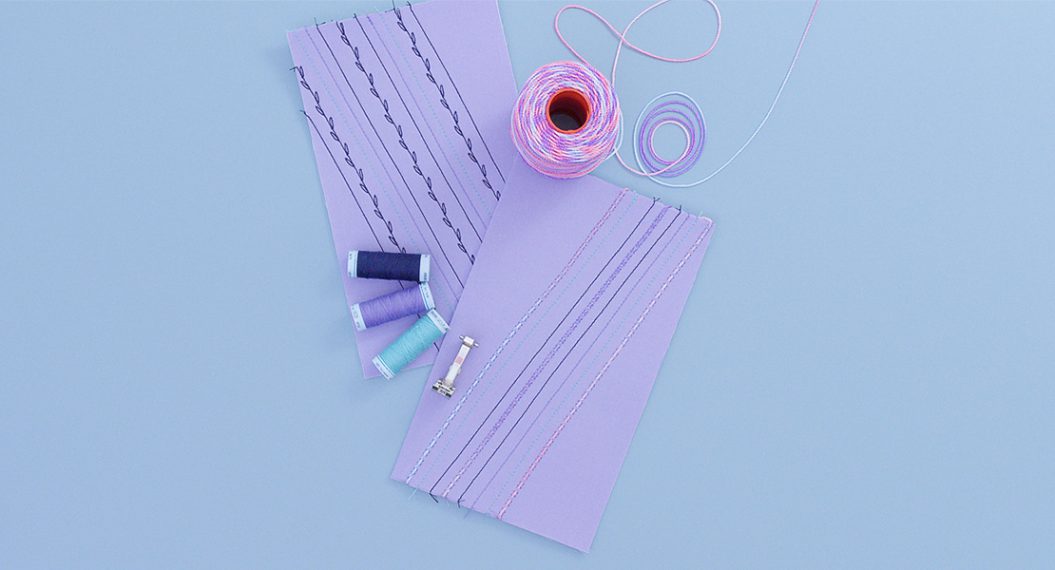
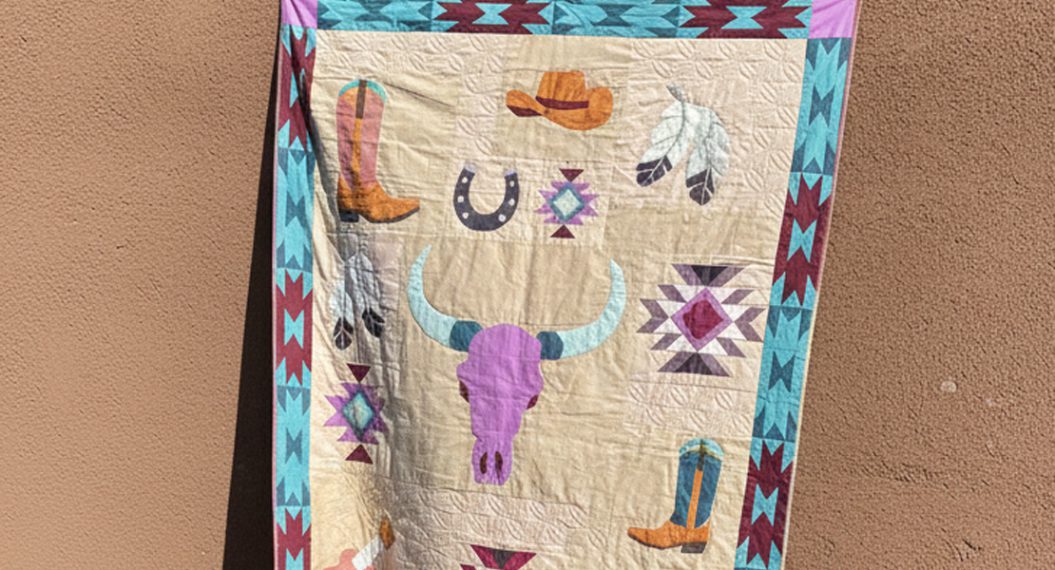
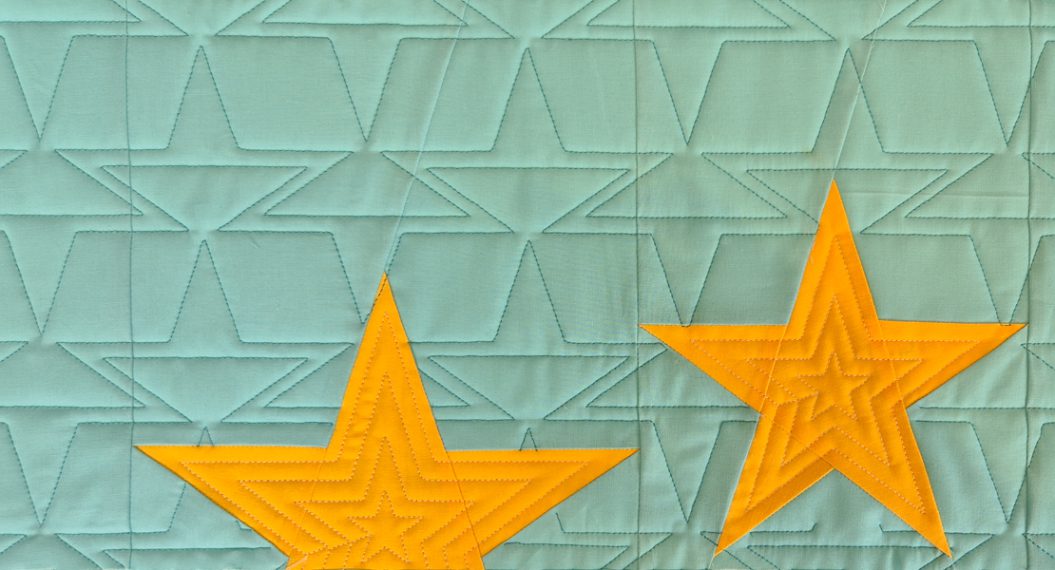
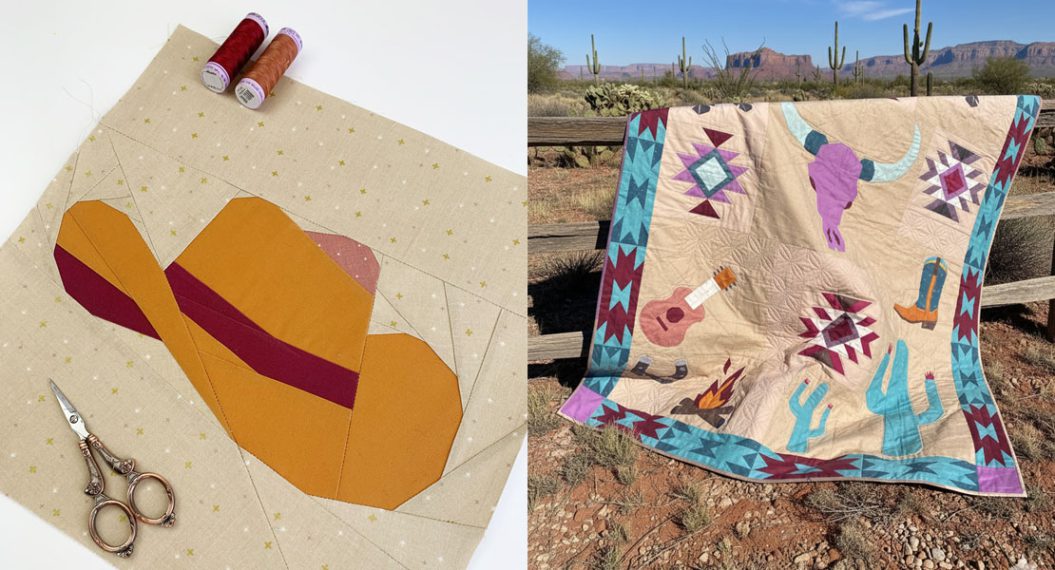
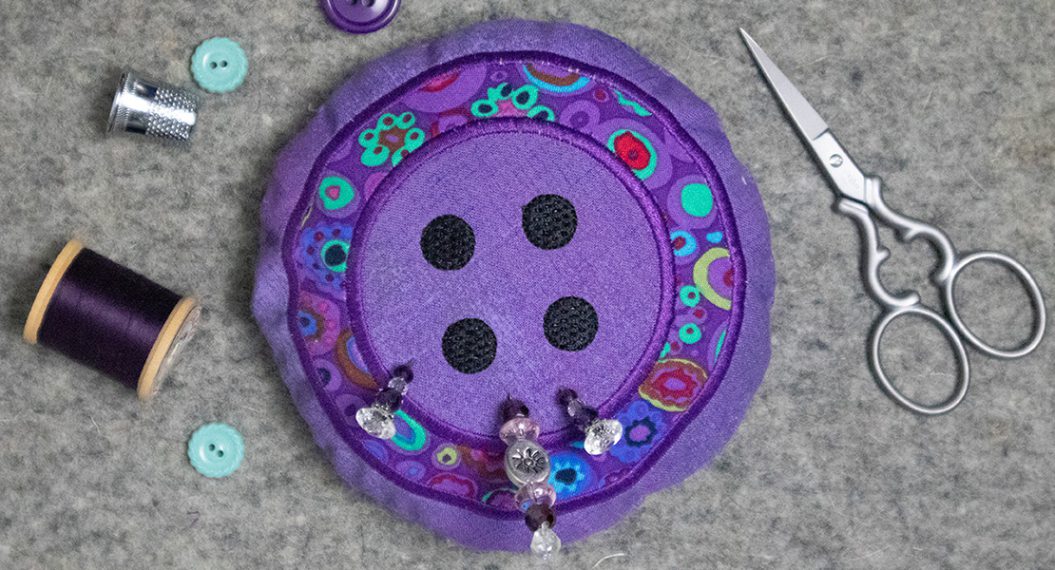
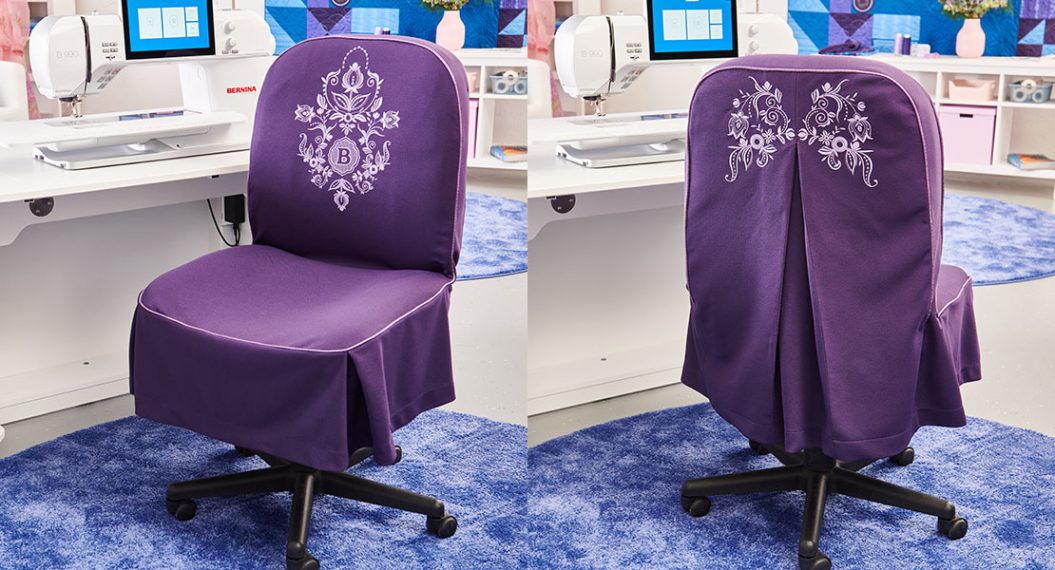
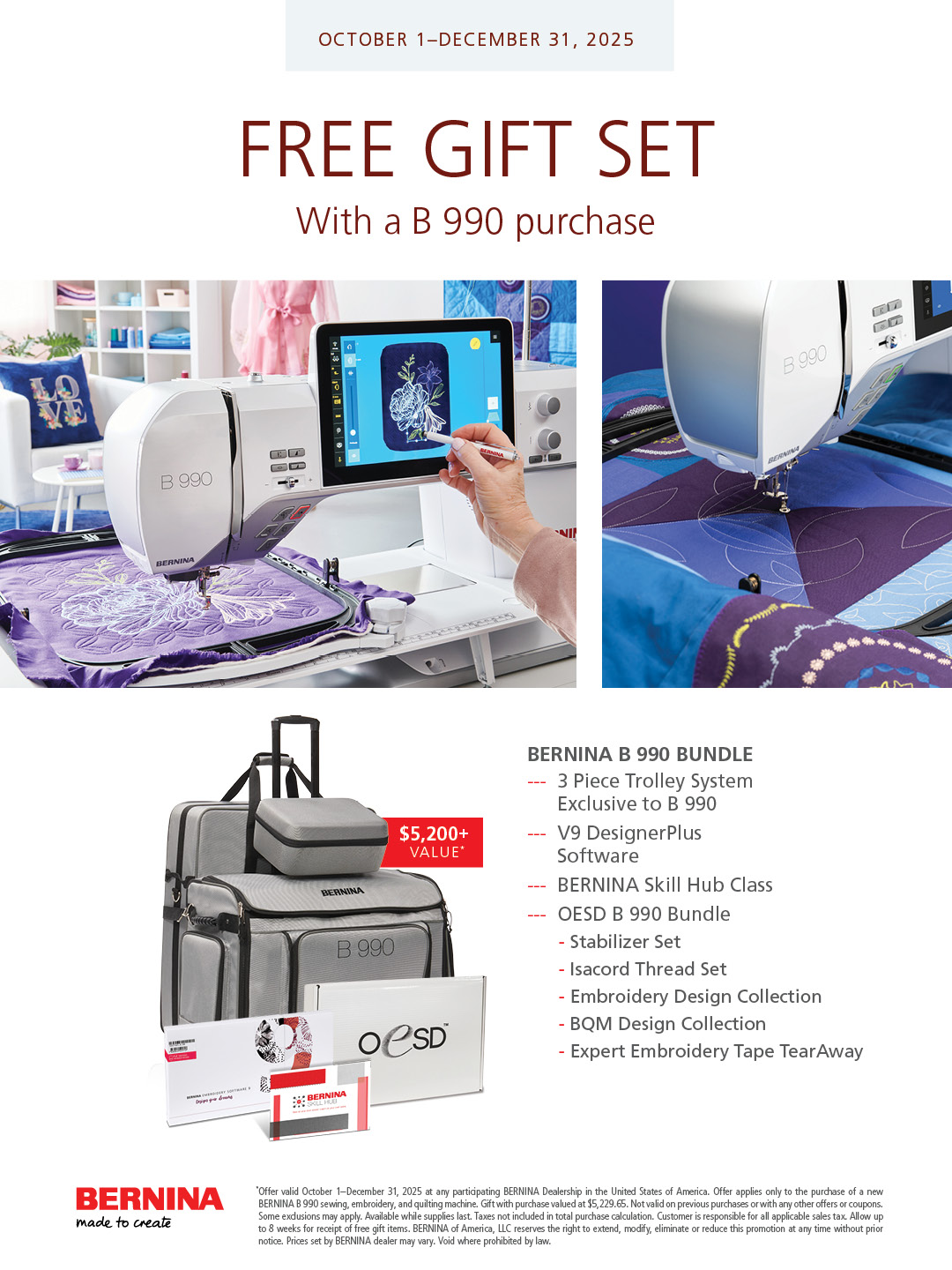
Nooooo! The time and love that goes into a quilt should be respected and cherished. Also, the fabrics in a vintage quilt my be disintegrating and not lasting long anyway. My mother was a quilter and would find unfinished blocks at antique stores and would finish them to give them new life. She values all of them and knew each had a story. I know she gifted quilts to family members and was hurt when she’d find them in a heap on a closet floor. Many of those have come back into my possession. What do I do with all of them? Use them on beds, rotate them, cuddle under one when I’m sick. Give them to people that have experience devastation like tornadoes or war!! Anything but cutting them up. Make a quilt yourself if you want to cut it up! I bet you won’t!